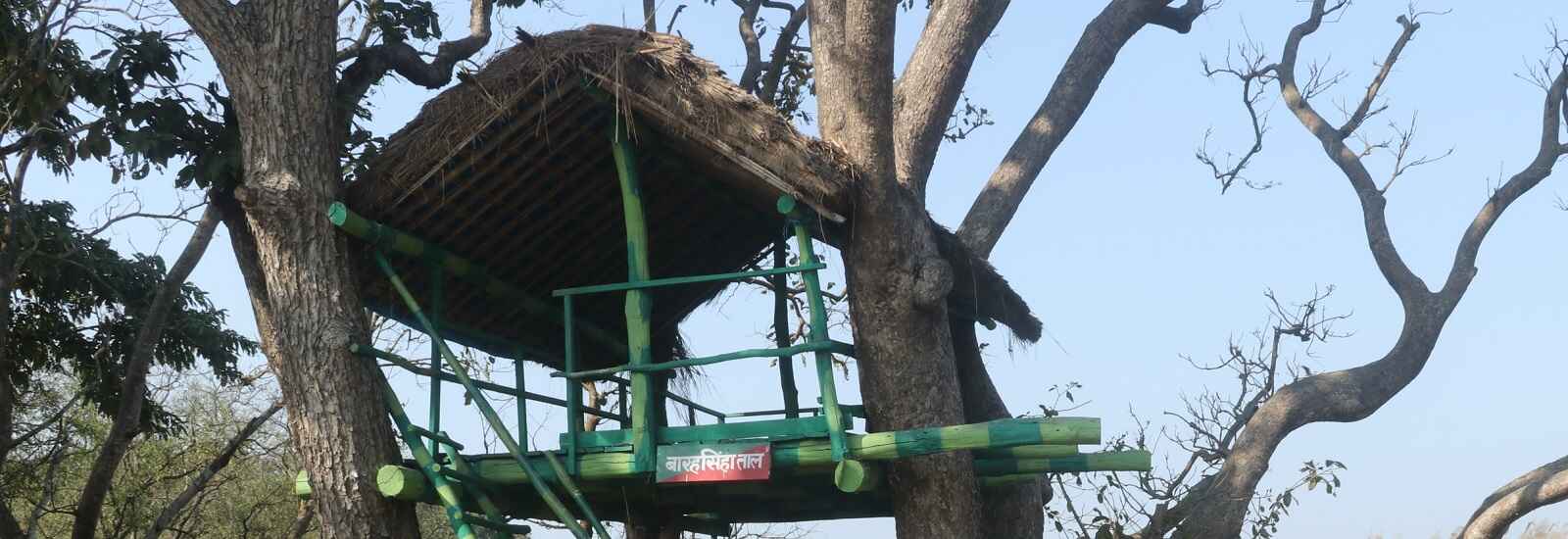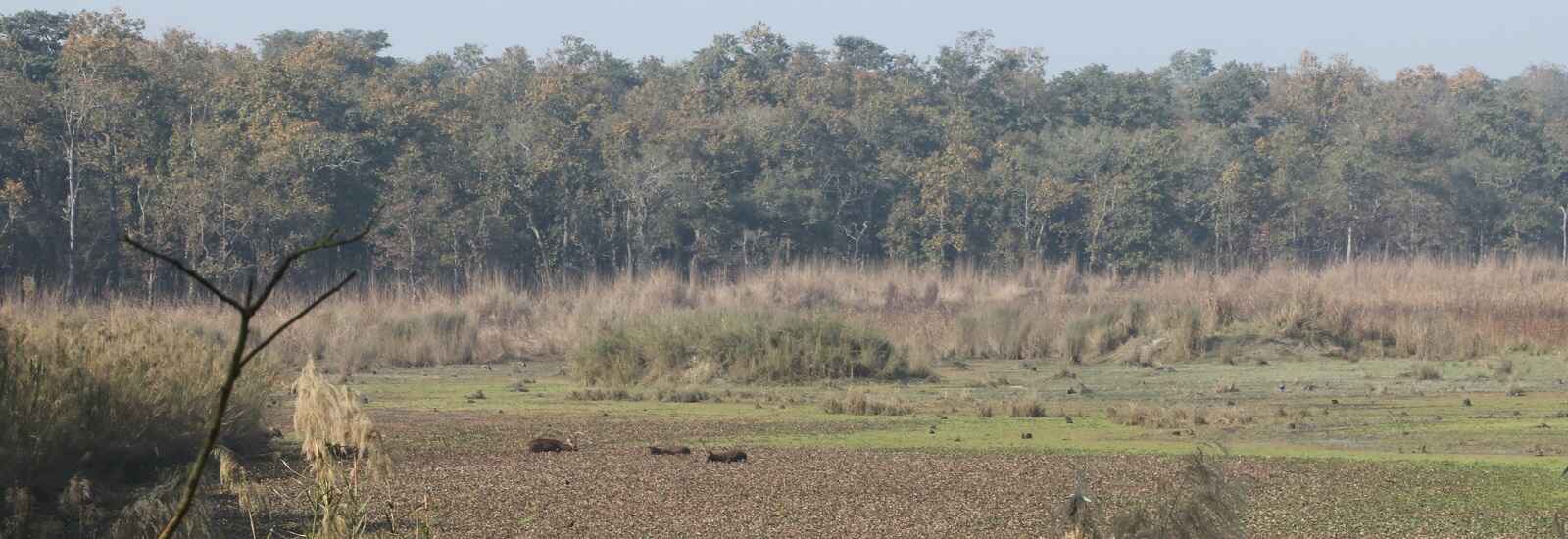 |
Wind Speed: 5 km/h
|
Humidity: 62%
|
AQI: PM2.5 - 81.45 &
PM10 - 82.15
|
Wind Speed: 5 km/h
|
Humidity: 62%
|
AQI: PM2.5 - 81.45 &
PM10 - 82.15 

Explore Barahsingha Tal At Pilibhit Tiger Reserve
Barahsingha Tal, A home of Swamp Deer at Pilibhit tiger reserve
Barahsingha Tal is a beautiful wetland topography, located in the rich Terai landscape of Pilibhit Tiger Reserve and considered to have special ecological significance and spectacular biodiversity. The pond is particularly well-known as a natural watering-place of the Barahsingha, or Swamp Deer--a beautiful, shy, rare animal, exceedingly well domesticated, and so only rarely seen, but with whom the region abounds.
Its antlers guide the naming because the male deer usually have more than twelve tines, the twelve-tined, which is how the male deer were referred to in Hindi as Barahsingha. One can easily find these noble animals in large numbers within the area, near Barahsingha Tal, due to the marshes that are abundant within and surrounding the waterbody, which is ideal for their dietary requirements. It is a favorite place within Pilibhit Tiger Reserve where people can sight the swamp deer in its natural habitat grazing and walking in shallow water bodies, and as herds.
A wonderful creature is the Barahsingha. The adult males grow up to the heights of the shoulders of about 44 to 46 inches (110120 cm) and have a length of head to body of close to 6 ft (180 cm). They are dense, woolly-coated, and yellowish-brown in the upper part and paler in the under part. They have a line of white spots up the length of their spine, and their throat, belly, inner thighs, and underside of the tail are white, giving them a very classy appearance on a green background. During the summer, their coat becomes a bright rufous-brown, which makes them look vibrant. The males tend to be stronger, with the females having a lighter colour. One can easily see Juvenile Barahsinghas many times, thereby mimicking and camouflaging with tall grasses and foliage.

Discover Barahsingha Tal inside Pilibhit Tiger Reserve
Barahsingha Tal is not only a field where deer graze but also a sign of conservation being successful. The swamp deer used to be near extinction in the Northern regions of India because of the loss of their habitat and the poaching. However, their numbers are slowly recovering due to organized measures of habitat protection on the Pilibhit Tiger Reserve. The success of this pond and its coruscating ecosystem is the key factor.
Other than sighting of Barahsingha, watching the variety of wetland birds, including storks, herons, kingfishers, etc, is generally a pleasure to birdwatchers who frequent the place. It is an ideal source of photography of sunrises, wildlife action, and peaceful landscape background shots for photographers.
A popular accessible route to Barahsingha Tal is along Mahoaf Range, as part of a Jungle Safari that one may take. It is recommended to go on a morning or evening safari where the light is golden and the animals are active. The forest guides are well informed of the best viewing points and could guide one to find other wildlife such as spotted deer, wild boars, and even tigers hiding somewhere in the distance.
Finally, Barahsingha Tal is an essential place of visit for nature lovers in Pilibhit Tiger Reserve. It is where nature marvels converge and conservation is practiced; this is a prerequisite opportunity to view the grand swamp deer at close distance in an original habitat.





 How To Reach At PTR
How To Reach At PTR
